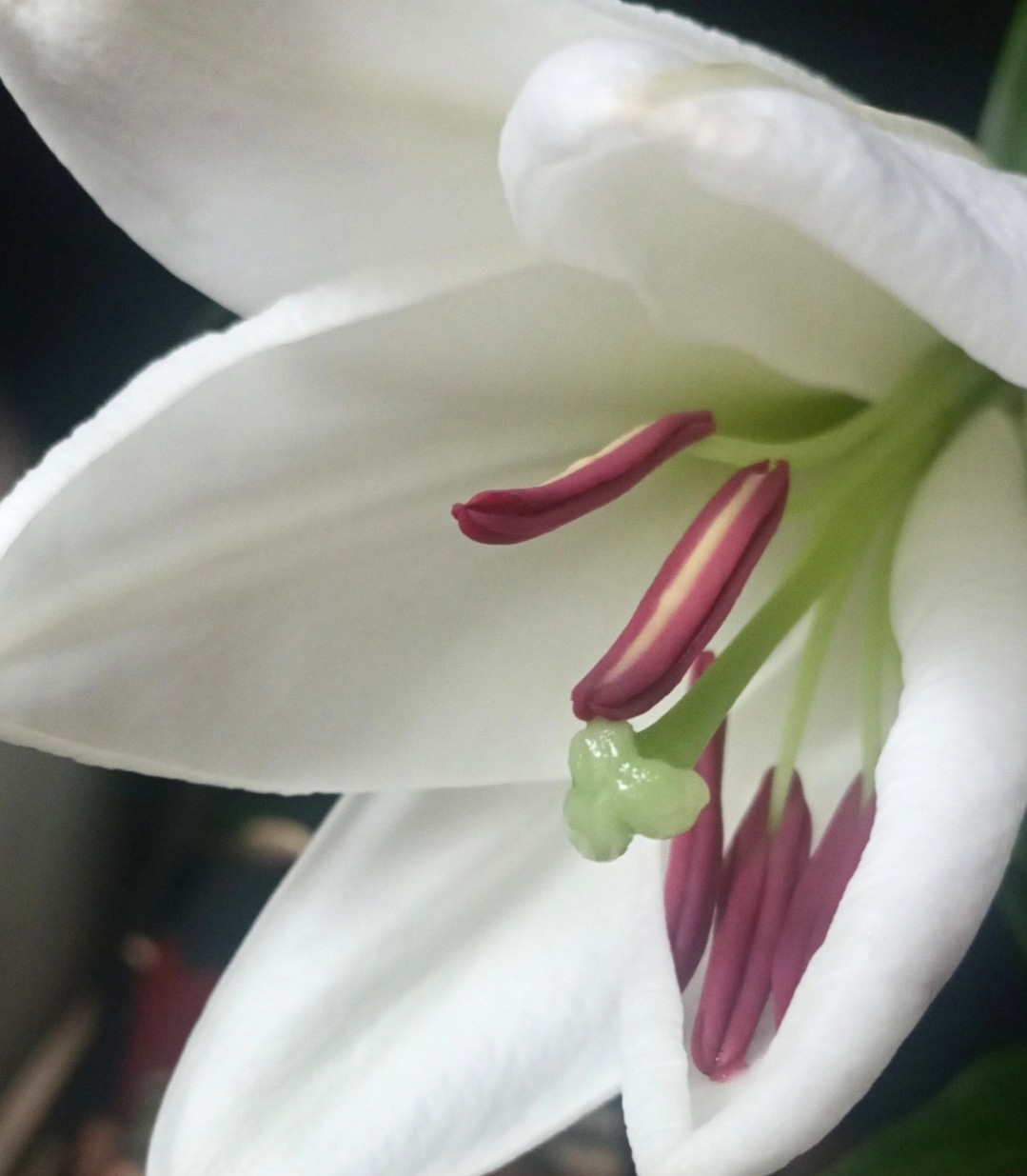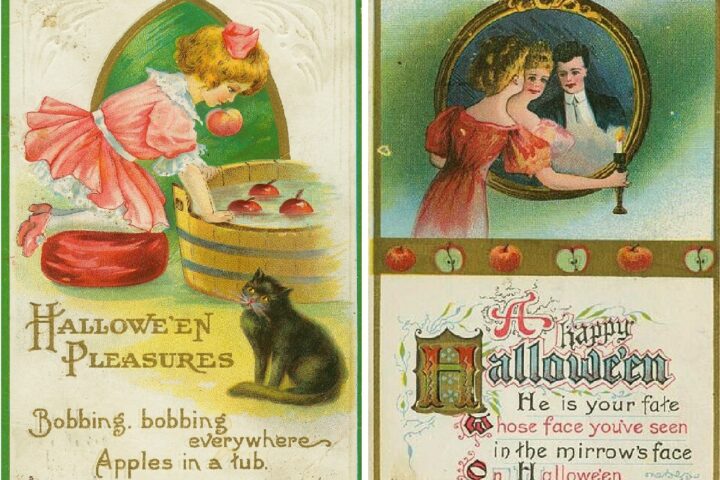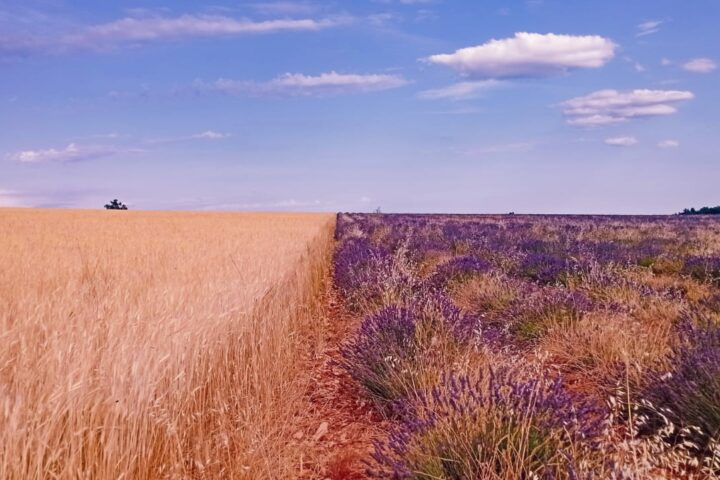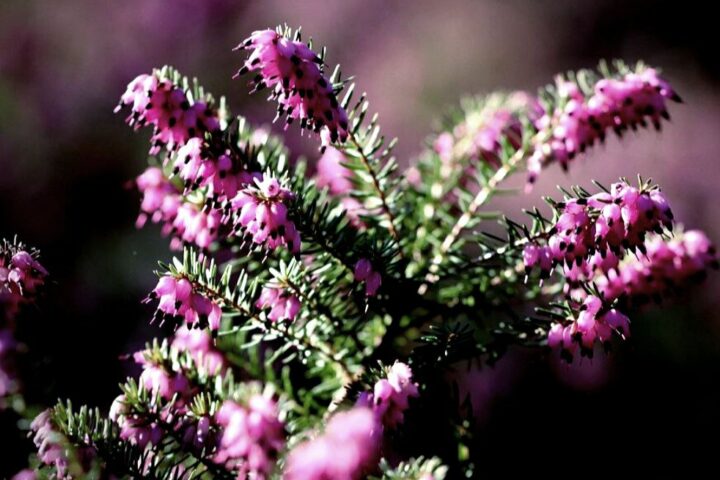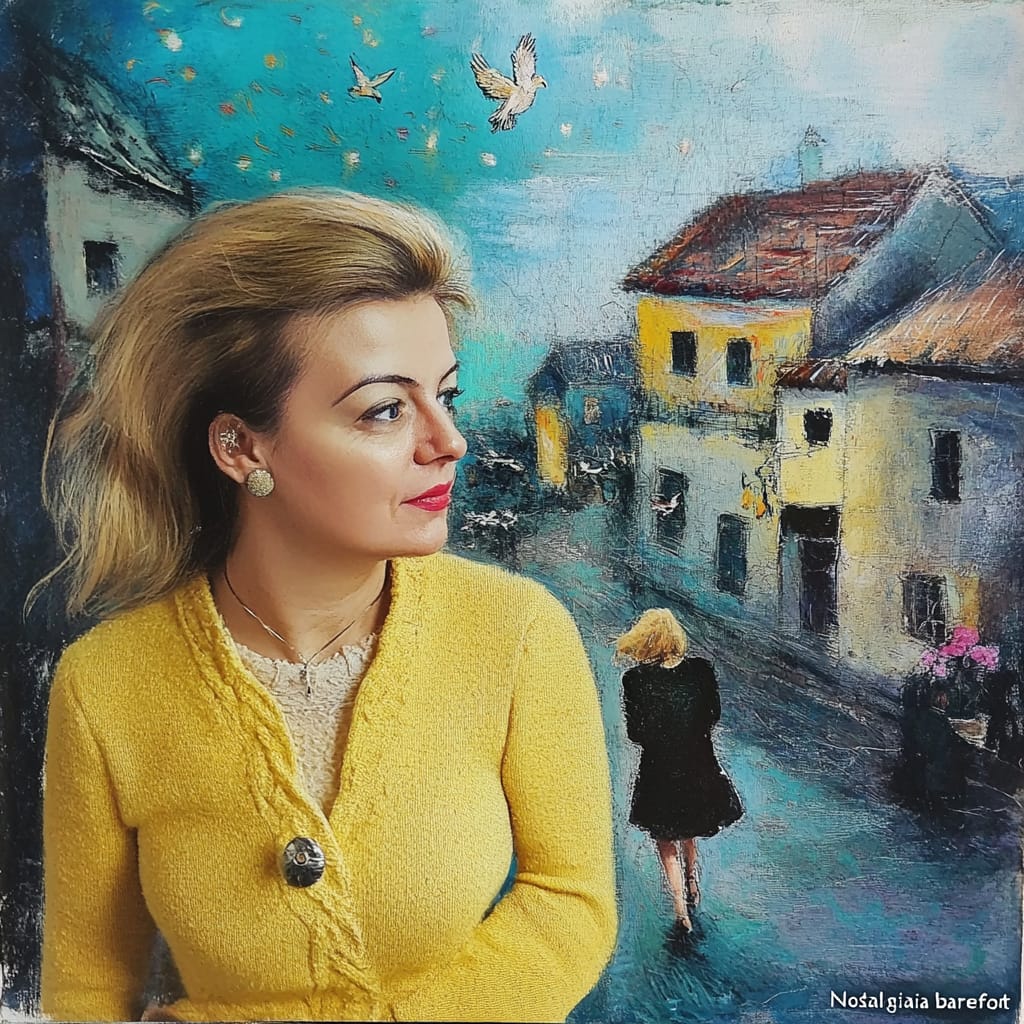A symbol of hope in ancient Greece, in France these flowers speak of mercy, justice and monarchy. In Russia, the lily is the flower of the Orthodox world, of spirituality and a sign of chastity.
Thus, the lily flower is majestic and delicate, cold and fragile. Attractive and chaste.
My family legend has it that the lily flower is actually the Queen of Flowers. She was once a true young queen, but by accident or wickedness, the magician of her castle transformed her into the Queen of Flowers, giving her the appearance of a white lily…..
Only to the chosen ones, in whose veins royal blood flows, can she show her true appearance and generosity on a dark autumn evening, and even then not for long… It is important to have time to ask her the most important thing. It is said that, despite her severity and her ability to look into everyone’s soul, she will not refuse to help an ardently sincere heart… It is no coincidence that in some ancient legends lilies were considered stars that had fallen to the ground: if a person saw a lily that had fallen to the ground, he or she had to make a wish.
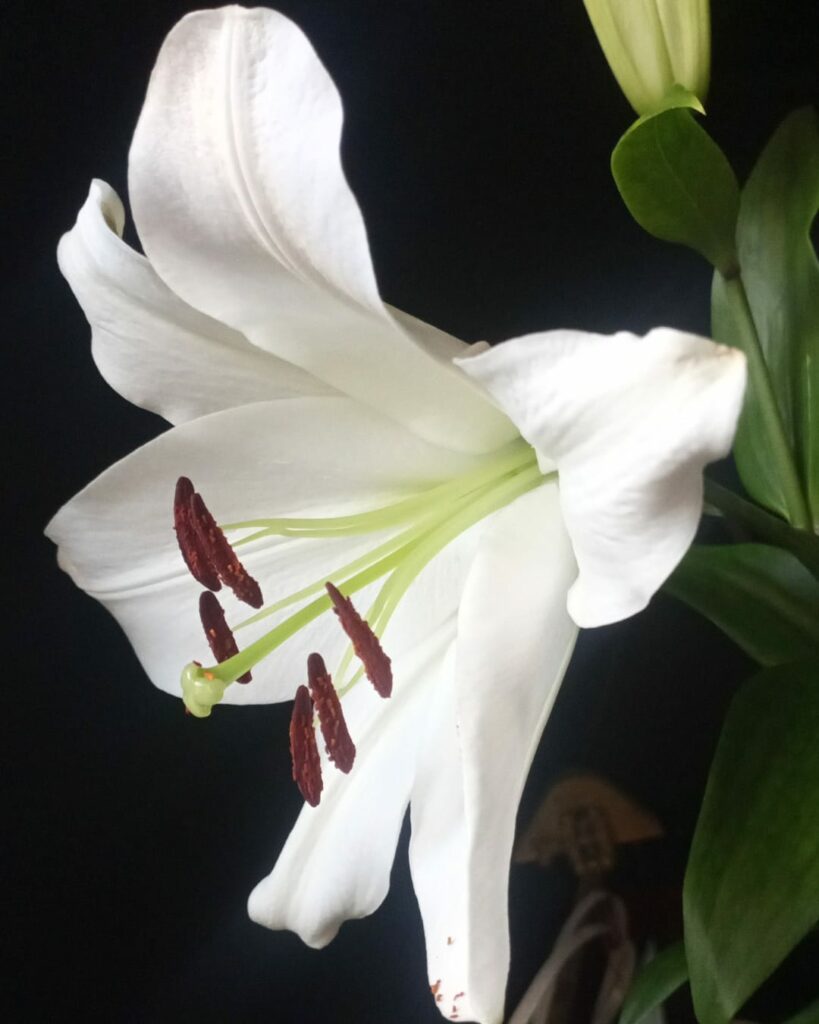
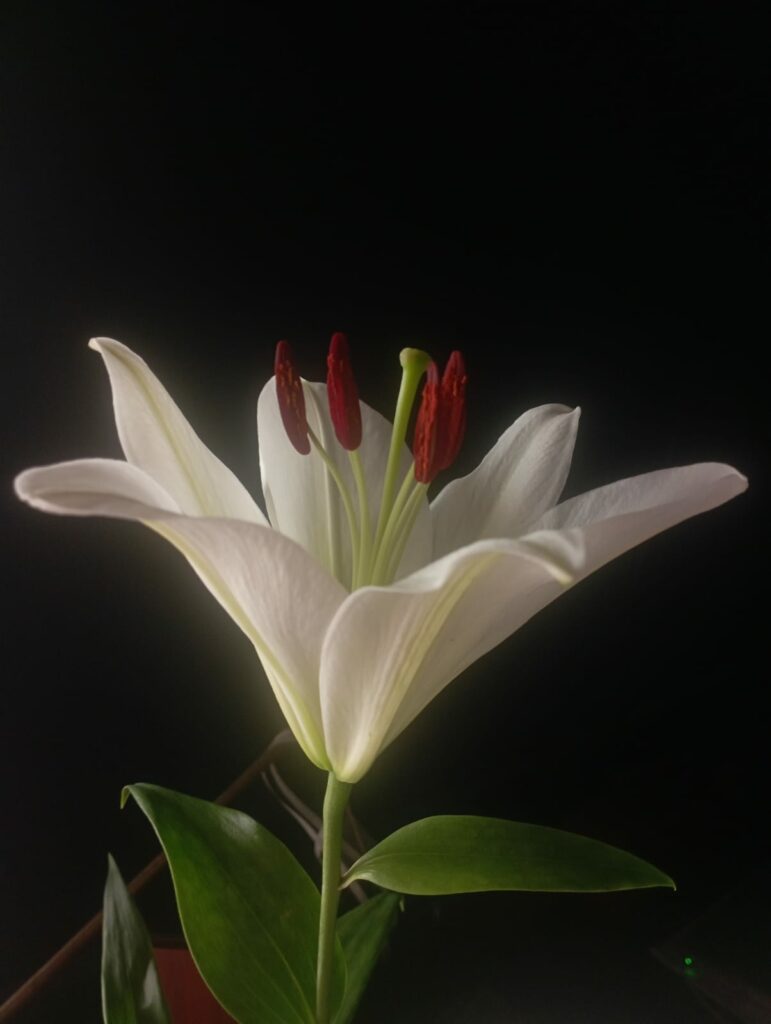
Fragrances with lily notes by Guerlain, Christian Dior, ZARA, GUCCI, CACHAREL, ESTEE LAUDER, HERMES can approach the grace of the Queen of Flowers…
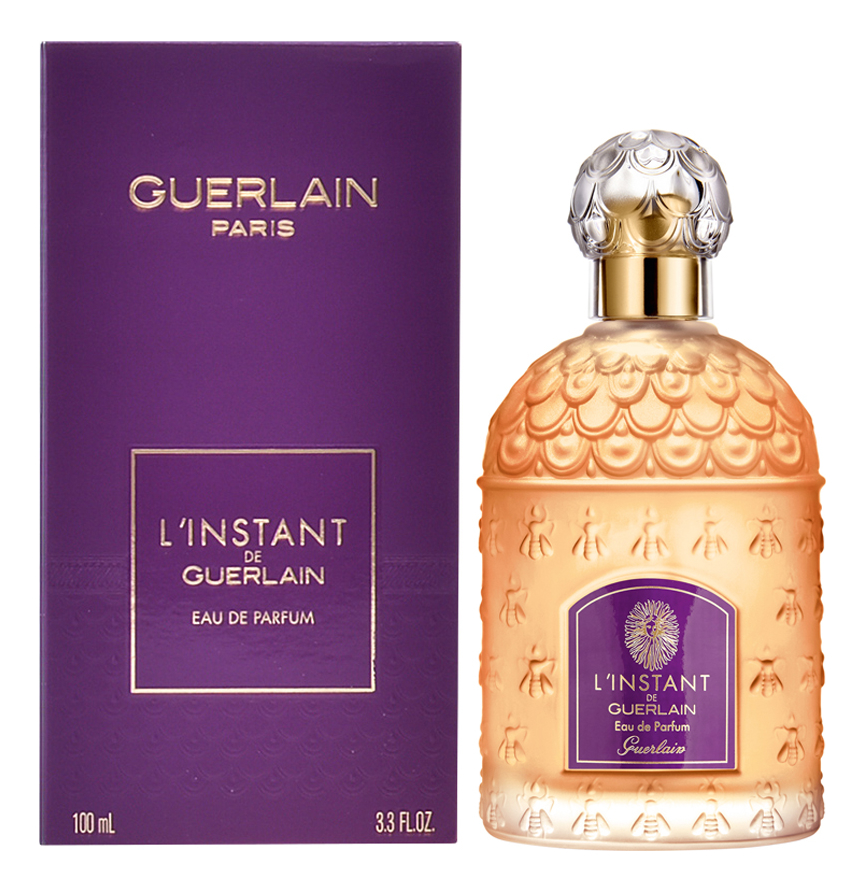

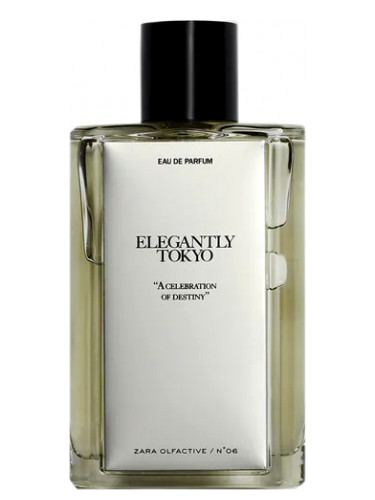
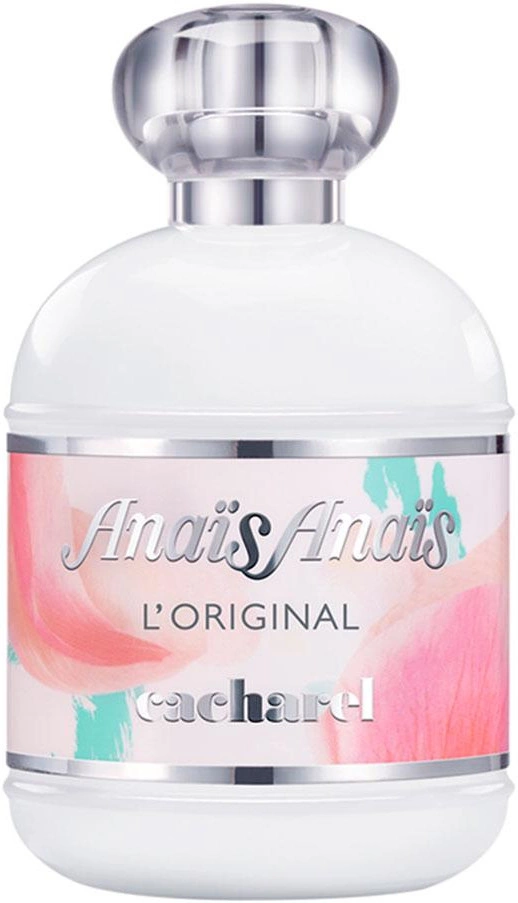
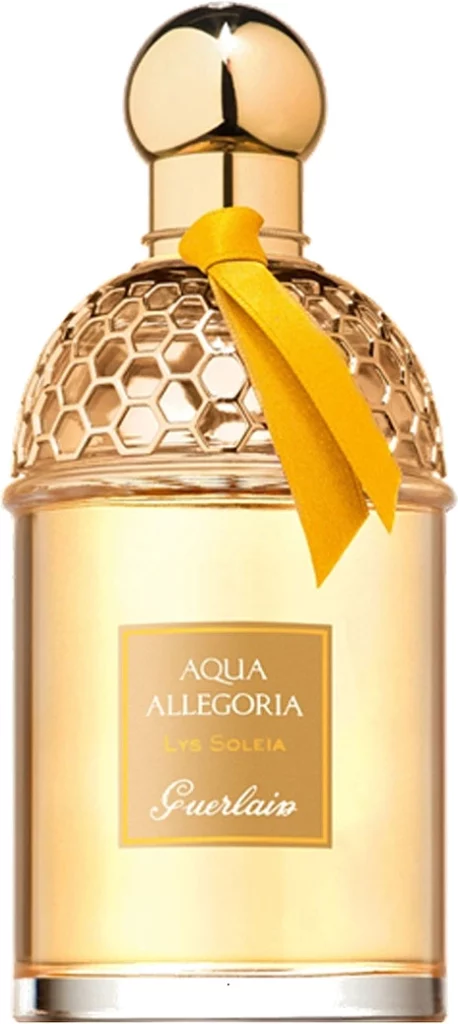
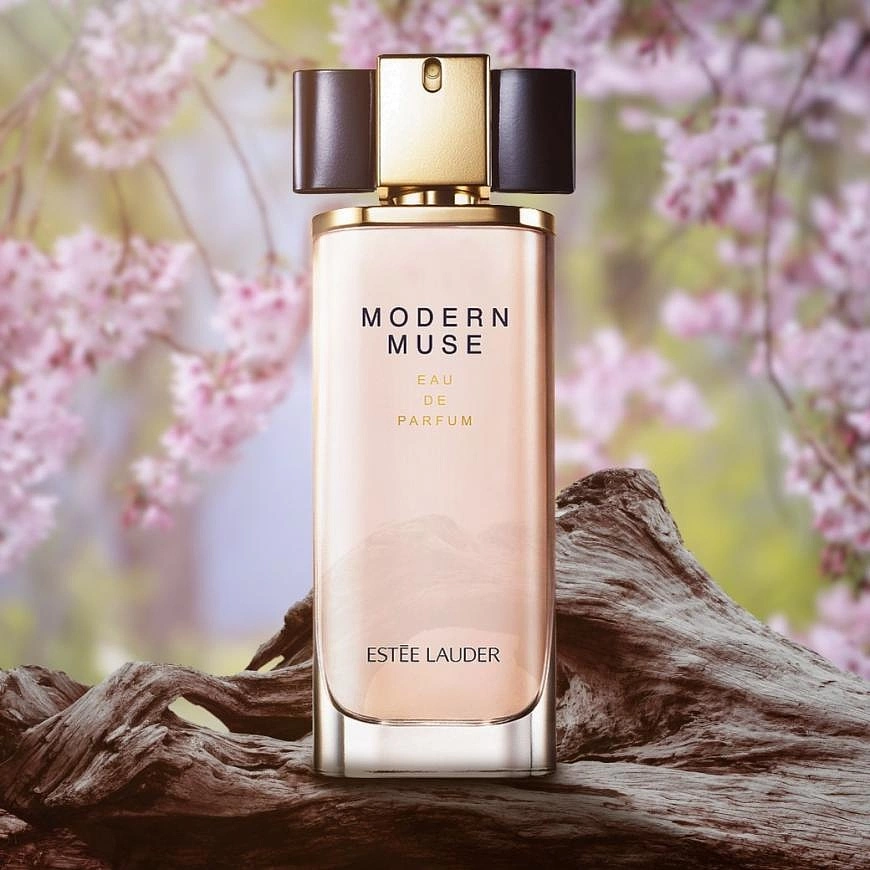

A beautiful Greek legend tells that the white lily, symbol of innocence and purity, was born from the milk of the mother of the gods, who found Hercules hiding from her and, knowing the divine origin of the boy, wanted to give him milk. But the child, sensing her enemy in her, bit her and pushed her away, and the milk spread across the sky, forming the Milky Way… The name of the flower, translated from ancient Greek, means ‘white-white’.

The lily was also depicted by the ancient Egyptians in hieroglyphics and symbolised hope and freedom. In ancient Egypt, lilies were also used to produce perfumed oil.
The lily was a favourite of the ancient Persians, who even had a capital city called Susa, meaning ‘city of lilies’.
In the Roman Empire, the image of lilies decorated coins and crowns of these flowers were necessarily placed on the heads of grooms.
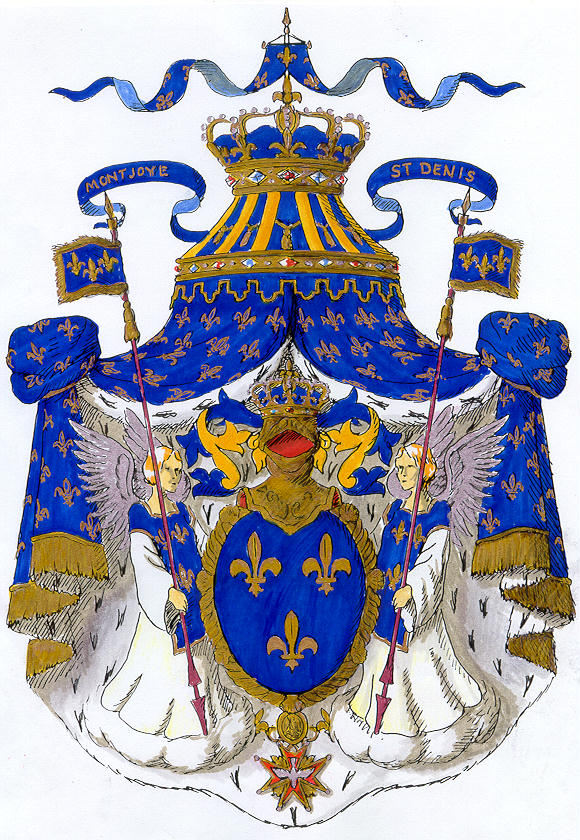
For the French, the lily has an important historical significance. It was the emblem of the monarchy and France was called the kingdom of the lily. The symbol of the lily reminded French soldiers of the heroic feat of Louis VII, who defeated the Romans and founded the French monarchy. The lily was also the emblem of the Bourbon dynasty.
Christians believed that the lily was born from Eve’s tears when she left paradise. There is a biblical reference to these beautiful flowers (Song of Songs by Solomon), a comparison of the lips of the beloved with lilies, probably red.
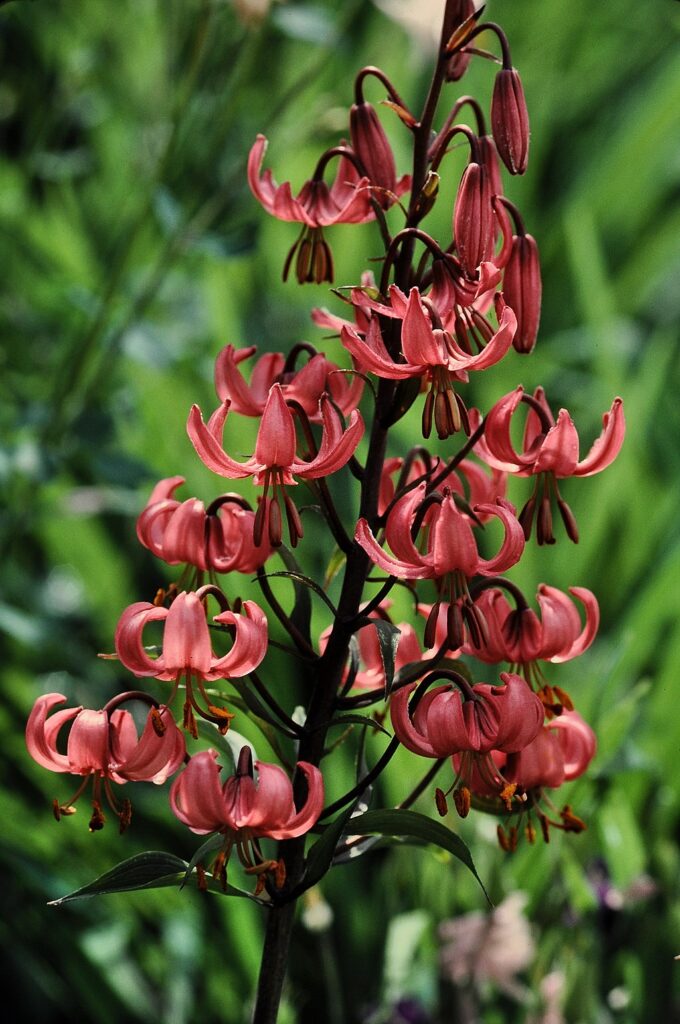
The lily is an attribute of many saints. The archangel Gabriel is often depicted with lilies in his hand in scenes of the Annunciation.
There is also reliable information about miracles in the Christian world involving the lily and in our days.
Not far from Moldova, near the village of Sarata in the Odessa region, there is a small Bulgarian village of Kulevcha, which has an Orthodox Church of St Nicholas the Wonderworker. This temple is known for its unusual phenomena: the ‘Miracle of Kulevchana’.
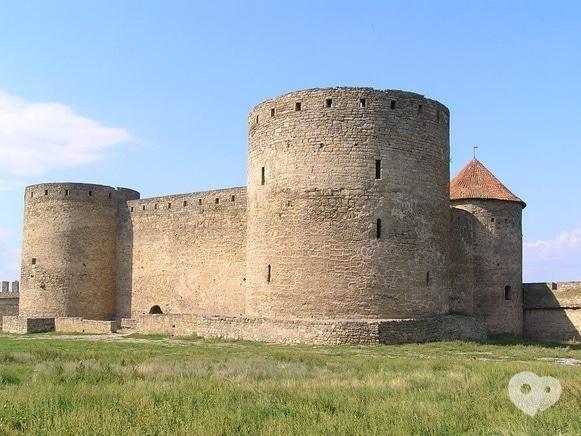
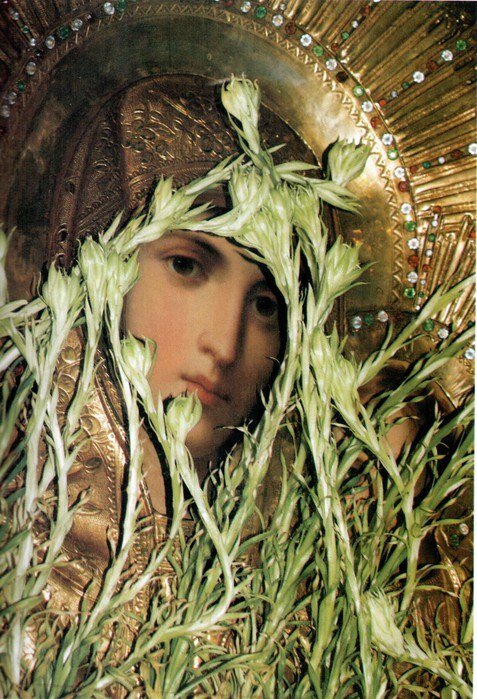
Once a year, on the first Friday after Easter, the glass of the icon of the Kazan Mother of God is opened. According to tradition, freshly cut lilies are placed on the icon, which miraculously continue to sprout and bloom. Without wilting, the lilies envelop the entire icon, except for the face of the Virgin. Scientists have tried to explain this phenomenon, but the attempts have been unsuccessful. The lilies, laid last year, are distributed to parishioners.
Once they were closed under glass after Easter, the flowers wilted, and then again covered by white bulbs, from which green stems sprouted somewhere. This is not the first consecutive year that the lilies have been resurrected in the Kulevchansky church. Thus, biologists from the Botanical Garden of the Universities of Odessa and Moscow tried to explain the mystery of the appearance of lilies on the icon of the Kazan Mother of God and conducted experiments.
The very fact of new shoots did not surprise them; in fact, there is some nourishment in the dried stems of last year’s lilies for bulbs to appear, but not actual flowers with a bud! Moreover, not all stems will produce offspring in the form of bulbs, and flowers in the temple have always blossomed by Trinity.
The lily has been used in horticulture for over 3000 years. On my terrace it is reborn every year, and a single lily is enough to envelop the living room and entrance hall with a plume of cold honey-scented perfume and lend elegance to any room, from a shelf to a desk or study.
The beauty and majesty of the lily have been extolled by poets and artists. In the Middle East, it has even earned the title of ‘second queen of flowers’ after the rose.
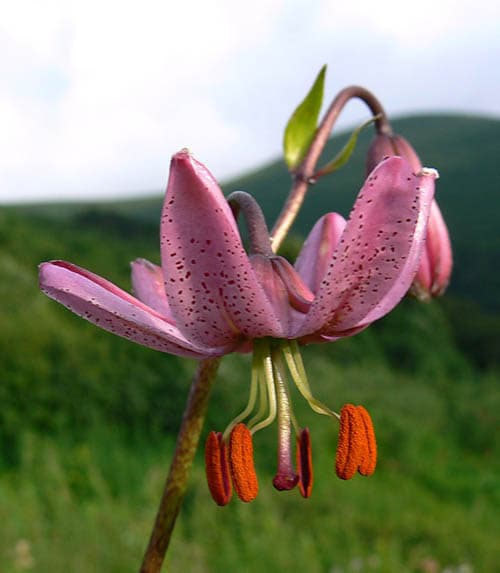
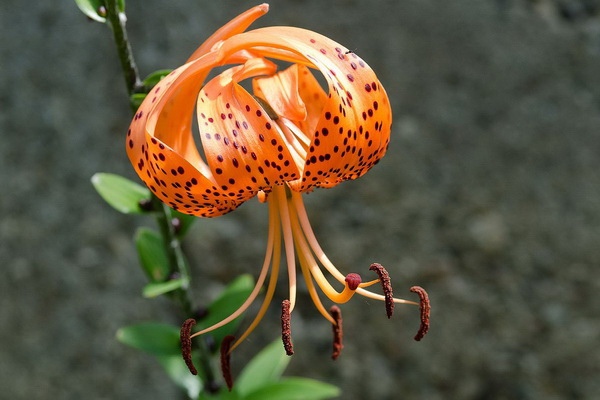
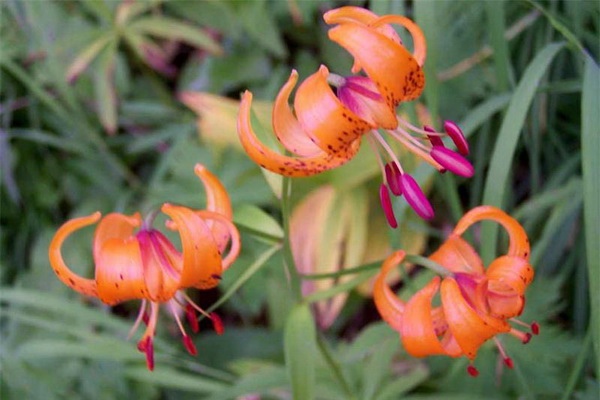
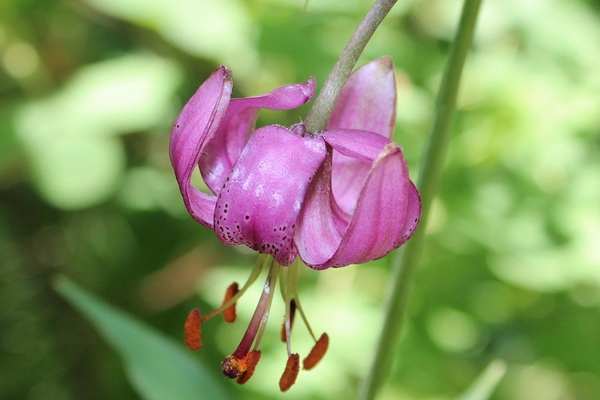
Saranka.
Lily – a flower that will not only decorate your garden, terrace or bridal bouquet, but will also help in the fight for health and beauty; its useful properties are also appreciated in cosmetology (family Liliaceae). The useful properties of the white lily are that the leaves have a pronounced anti-inflammatory and healing effect; the juice of the bulbs has the same property.
The following are used in folk medicine: curly lily (Lilium martagon L.), saranka (Lilium pilosiusculum (Freyn) Miscz.) and tiger lily (Lilium tigrinum Ker Gawl.).


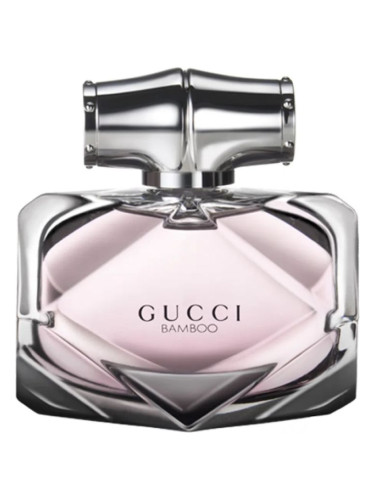
My grandmother’s recipes:
The decoction of its flowers with mustard flour and honey is an effective remedy against freckles. Lily lotion has whitening, antibacterial and toning properties. To prepare it, the usual alcoholic tincture (40 degrees) is diluted half with cooled boiled or distilled water and 20 grams of glycerine is added to one glass of the resulting liquid. This remedy should be kept in the refrigerator for 1-1.5 months.
Tincture of flowers as a sedative: 30 g of dried flowers in 100 ml vodka, soak 7-14 days. Take 30 drops 3 times a day.
Harvest time for preserving the lily’s medicinal properties: leaves and flowers – June-July, bulbs – April or September-October.
Economic purpose: Saranaca (Lilium pilosiusculum (Freyn) Miscz) was a customary foodstuff for the indigenous peoples of Siberia; a massive harvest of bulbs was carried out in autumn and stored in dried form. Sarans could be eaten raw, but more often they were boiled in milk or cooked in ash. Often the saran root, with its sweet, mellow flavour, replaced bread. Five or six lily bulbs were enough to satiate an adult.
During war, sarana lily bulbs were dried, crushed and the resulting flour was used to make bread or porridge.
Cosmetic effect and use of lily oil: the absolute is used in perfumery. The most valuable is the absolute obtained by CO2 extraction, as it is the closest in aroma to fresh lily flowers. In addition to giving the composition of a perfume a beautiful floral sound, lily essential oil is a good fixative for other fragrances. It is combined with: mimosa absolute, violet absolute.
At the end of the article, I would like to wish that the life-giving buds of the lily will sprout in your life. Gift your loved ones with this divine flower and do not forget to believe in miracles.


